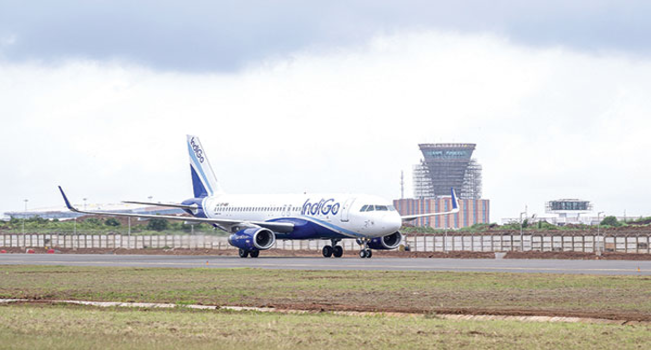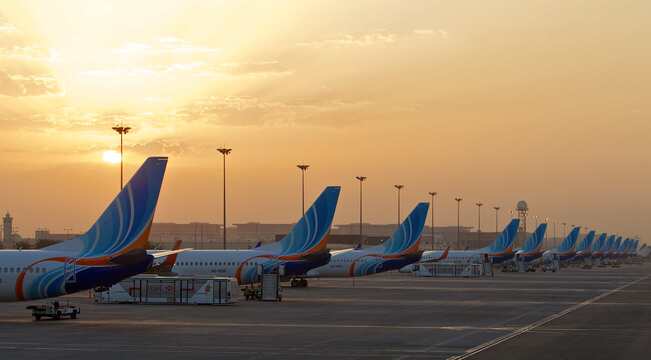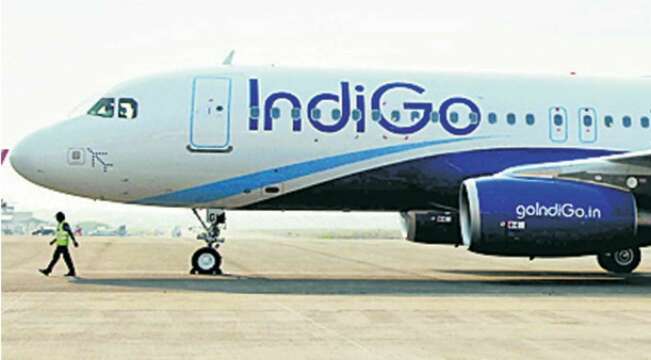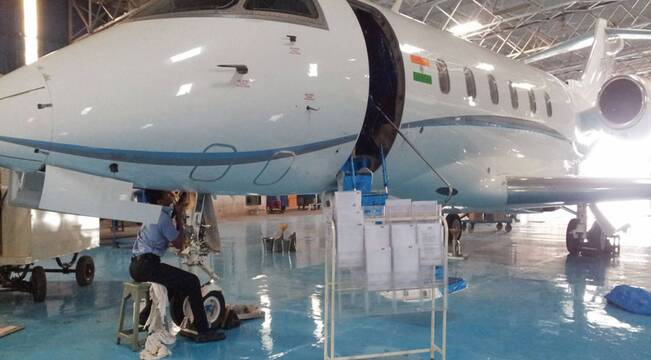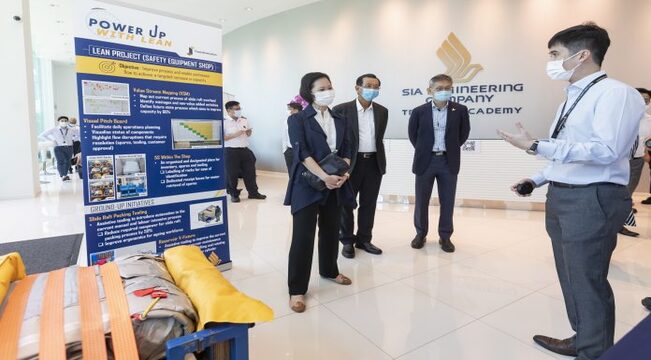By Mangesh Adgaonkar CEO, ProVerne Solutions Pvt Ltd.
Airline Operations are one of the most complex tasks in the world. Any major event in the world directly affects flight operations and has cascading effects that can be felt for days if not months as can be seen with the current pandemic. And given the wafer-thin margins it is imperative for the airlines to try to optimize every process and procedure involved in the operations.
This is where Artificial Intelligence (AI)becomes of immense importance. AI is already being used in various areas such as flight route optimization, dynamic pricing, delay predictions based on weather forecasts and managing airport traffic congestion.
In terms of budgeting, after fuel, crew costs is the next biggest expense category for airlines. Managing thousands of staff members ranging from cockpit crew, cabin crew to ground staff is a massive effort and requires real-time coordination and ability to predict and avoid disruptions.
Here are 5 ways in which Artificial Intelligence can be used in crew management to improve efficiency and reduce costs:
- Airline Crew management
Planning of a crew roster involves taking care of multiple factors such as number of flights, number of standby crew members, their vacations, trainings, transfers, layovers, night duties etc. Add to this the variables such as duty period, flight time limits, rest requirements etc. for fatigue management and the combinations can be innumerable. When an airline adds a new route or a new aircraft, the statistics can be completely different from previous months. In such cases, advanced predictive modelling needs to be done to create and show various scenarios and their impact on the staffing and scheduling.
Using machine learning algorithms, airlines can identify patterns from the data and usethat data to create a better and more optimized version of rosters.
- Fatigue management
There are strict rules enforced by the aviation authorities across the globe to manage the workload of cockpit and cabin crew members and these rules keep evolving. This includes their duty periods, actual number of hours they can fly and mandatory rest periods between flights. But over and above the regulations, airlines also try to have their own set of guidelines to help crew get better work-life balance. For example, some airlines try to limit number of days away from base or number of consecutive late night duties etc. This is another area where AI can help device a schedule for a crew member that will adhere to the regulations as well as provide options based on airlines preferences or based on individual preferences.
- Reduce redundancy
To maintain on-time performance, airlines keep substantial number of stand-by crew at each base. This is applicable not just for the flying crew members but also for the ground staff. AI can drive substantial optimization by predicting the optimal levels of redundant staff at each base based on number of flights, types of flights, passenger load, weather, city etc.
- Intelligent Disruption management
Any disruption in flight operations can have a large cascading effect on overall operations of an airlines and these disruptions directly result into substantial losses. Flight disruptions can be aircraft specific – due to any technical failure, base specific – due to weather or air traffic disruptions or organizational levels such as caused by reservations system failures etc. Such disruptions result in flight rescheduling, crew scheduling, alternate arrangements for passengers that include hotel accommodations etc. With AI, airlines can gauge the magnitude of disruption and quickly take steps to contain the damage.
- Improve Crew Interactions
One of the banes of early evolution of IT systems in airline industry is that the whole eco-system has become a bunch of islands with varied set of systems catering to different areas of operations. And given the nature of ‘living for the day’ existence of operations, it is understandable that broad changes to existing IT systems is not preferred because of its disruptive impact. But this adversely affects the inter-communications among systems and people. AI-driven natural language processing solutions can play a key role in improving this aspect without drastically altering the underlying systems.
Many of these use-cases might seem like a future far away when dealing with day-to-day operations. It is also harder to grasp and quantify the impact of these innovations in tangible statistics. But small steps in right direction can show huge improvements in optimizing the operations, reducing costs and being better prepared for all eventualities.
Corporate Comm India (CCI Newswire)









